A Voice For Richard
Whoever said “History is the version told by the winning side” had a point. It is deeply
hurtful to be misquoted, disbelieved or, worse still, to have reputation put on the line
through unjust accusation and fabrication of the truth.
In the case of the last Plantagenet King: Richard III’s reputation and character were
heavily subjected to the version told by the victor at Bosworth Field: Henry Tudor. With
Richard’s brutal death on that day in 1485, the portrait of a monster was created. It was
initially sketched by the next monarch, Henry VII and later given rich colours and bold
textures by that brilliant dramatist and poet: William Shakespeare. From the play bearing
Richard’s name crawled a malicious, crook-backed, evil creature … murderous and cruel.
Our view of him has subsequently been prejudiced by this excellent but fictional story and
believed by the masses for over 500 years.
Thanks to the dedicated work of some, not least The Richard the Third Society, evidence
shows a very different person. Richard was a loving husband and father, a man of prayer,
and an honourable nobleman who desired justice for rich and poor alike. Richard III gave
us our jury system, bail and the beginning of what we now call Legal Aid. He was
chivalrous. He was the last warrior King. Notably, he inspired the loyalty of many.
The dedication and conviction of Philippa Langley, screenwriter, who spent years on a
quest for the truth, resulted in the most amazing discovery of all on 25th August 2012.
Beneath a car park in Leicester within the remains of the Grey Friars church, and on the
very first morning of the excavations, the mortal remains of King Richard III were found. *
Later, with an exact DNA match and a range of scientific tests to erase any lingering
doubt, the verdict was conclusive. Here indeed lay Richard Plantagenet, hurriedly placed
in an insufficient grave.
Many months have passed since that extraordinary discovery. In the interim, preparations
have been underway to give Richard III the honourable burial, long overdue, that befits an
English King. He will be interred within Leicester Cathedral in spring 2015.
“Words, words, words” (Hamlet)
Words are powerful. The writer, director and actor know this. They create for better or
worse and often resonate for a long time to come. They both made and later marred King
Richard.
In over thirty years of teaching voice, it never ceases to be anything but a privilege to step
into the rehearsal room and explore the written text with a company of actors as they work
to create the world of the story given to them by the writer.
To authentically create a role, an actor often works towards degrees of transformation in
their physicality, personality and vocality. Each actor is unique; each director has a
different approach. To that end, as the voice coach on hand, I need to use a range of skills
and techniques to support the rehearsal process. There can’t be a “one size fits all”
approach.
One of my coaching resources is “Character Voice”. This approach has evolved over 15
years and is inspired by the work of phoneticians, dialect coaches, linguists, singers,
actors and movement specialists – to name but a few. It serves the performer in a range of
ways including how to build a vocal creation from scratch. It is especially reliable for the
actor who is called upon to replicate another’s voice. It relies upon the clues found in an
individual’s physicality and personality, it is informed by research into accent, dialect, pitch
range, resonance and tonal qualities, articulation patterns, physical posture, breathing and
many other “ingredients” which are placed into the creative melting pot.
So when it fell to me to provide the after dinner entertainment for the Voice Care Network
UK’s Annual Study Meeting in Leicester this year, Richard III was foremost in my mind.
Sally Henshaw, Leicester Branch Secretary of the Richard the Third Society, initially spoke
to us about the authentic King. We were very fortunate to have her. Following her detailed
talk about him, two actors presented work that I had undertaken with them to find “A Voice
For Richard”.
I had thought that an audience of voice teachers and Speech and Language therapists
would find this interesting. Weeks ahead of that weekend, Sally had been generously on
hand to answer my many questions about the “real” man. I was also working through a
number of auditions to find suitable actors able to portray two versions of Richard:
Shakespeare’s “bunch-backed toad” and the “authentic” King. I was fascinated by the
pictures of Richard’s skeleton, especially his jaw and teeth. The reconstruction of his face
by Professor Caroline Wilkinson had inspired the beginnings of my own quest to search for
clues into his articulation patterns, accent options and the strength and size of his facial
muscles. I am very grateful to Philippa Langley for generously allowing extracts from an
early draft of her screenplay about Richard to serve as a refreshingly different script to the
much quoted and brilliant text that Shakespeare gives his own fictional creation.
A good actor changes both on the inside and the outside. They transform the atmosphere,
moment by moment, either within that space we call a “theatre”, in front of the moving
camera or behind the microphone in the recording studio. Stanislavski gave the actor a
mantra: “I am”. Not just doing or demonstrating but “becoming”. So, for example, the
physicality of the original and the range of notes on the vocal keyboard may be marginally
or more significantly different from their own. The personality will always need a journey for
soul and even spirit to embrace and to “become”. This then was a fascinating process to
apply initial clues and begin to work out the first stages of “vocality”, physicality, personality
and – to use actor’s jargon – “the back story” for this much maligned king.
There is much more that I intend to write as the work progresses with plans to present a
short talk alongside actors performing “A Voice for Richard” (stage two) early in 2015. I am
grateful for the resources from many of the experts who have been working on the
evidence produced from archaeology, graphology, genetics and forensics. Thanks to the
work of Professor Caroline Wilkinson, we can even have a reconstructed model of his
face. Other information comes from clues within Richard’s skeleton, letters he wrote and
his own precious prayer journal: Richard’s “Book of Hours”.
“Stage one”, as I like to call it, brought the initial work in progress to that after-dinner event
in Leicester for members of the Voice Care Network UK. Tim Charrington gave us a
wonderfully menacing “Shakespearean” Richard and then, with a very different physical
build: no withered arm, no limp, a scoliosis rather than a curvature of the spine and a very
different attitude, accent and voice – Paul Lancaster gave us an initial glimpse of the real
King. It was moving to see and hear him.
My journey has barely begun to find a Voice for Richard.
* The King’s Grave: The Search for Richard III by Philippa Langley and Michael Jones (John Murray 2013)

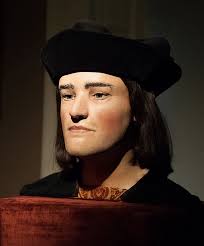
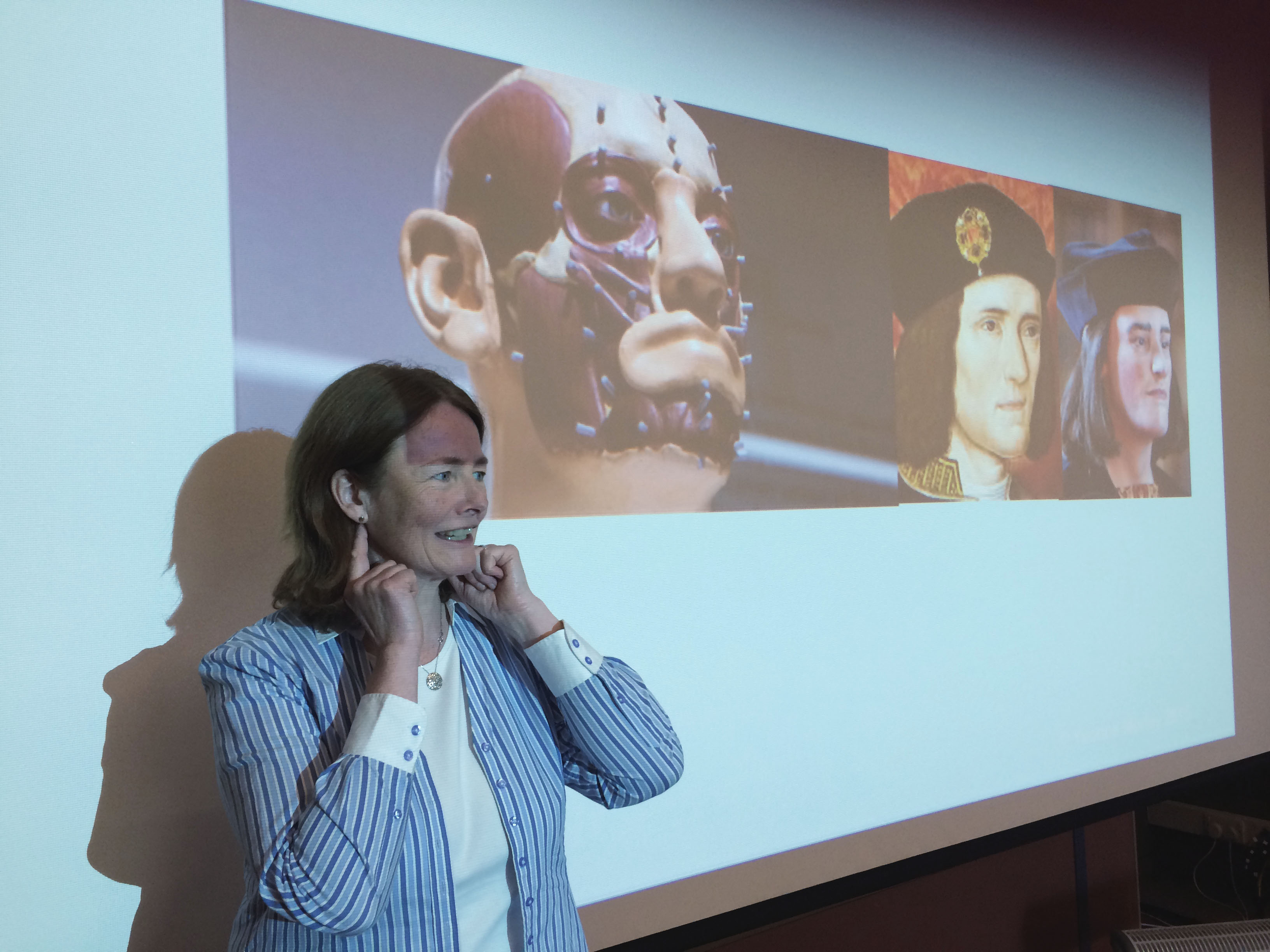
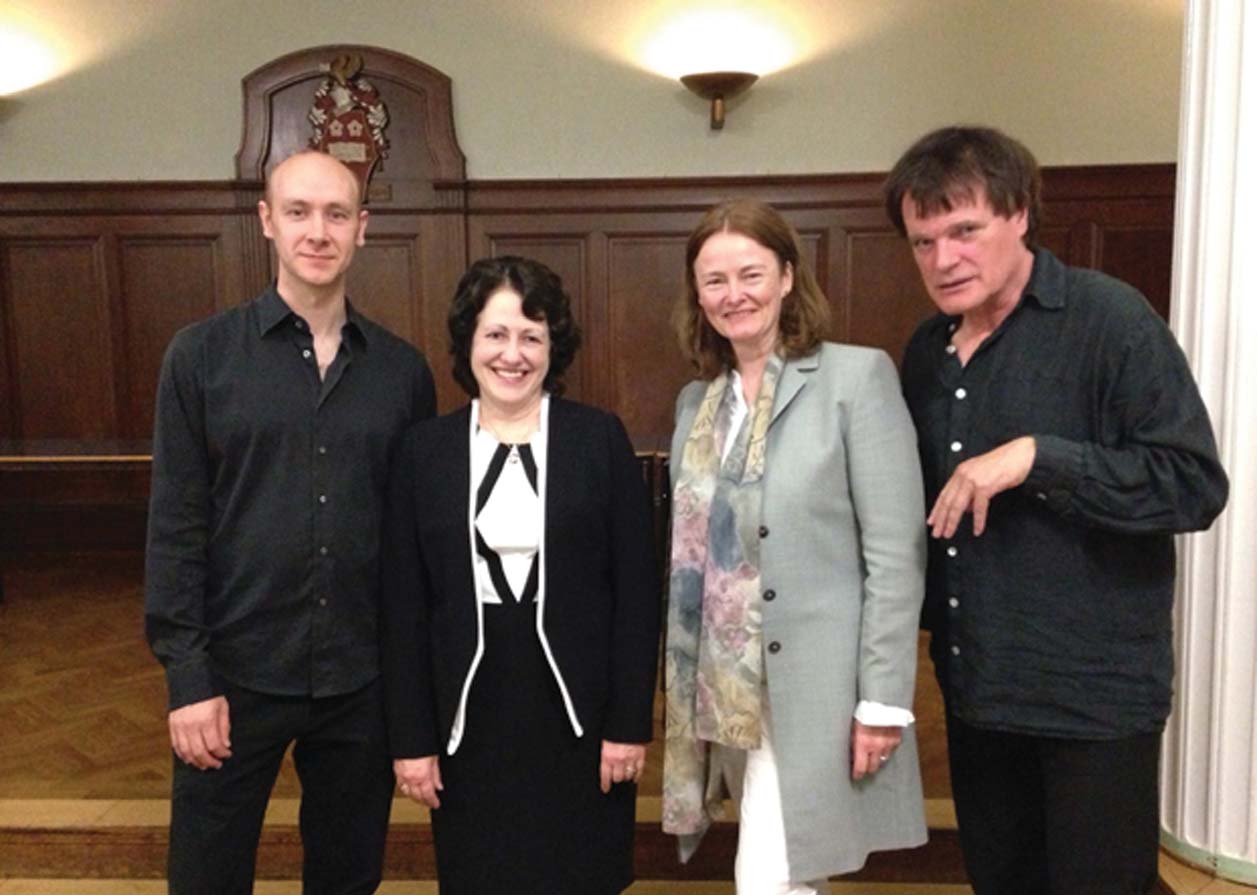



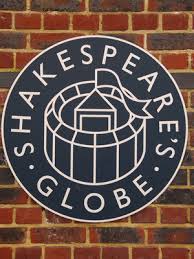


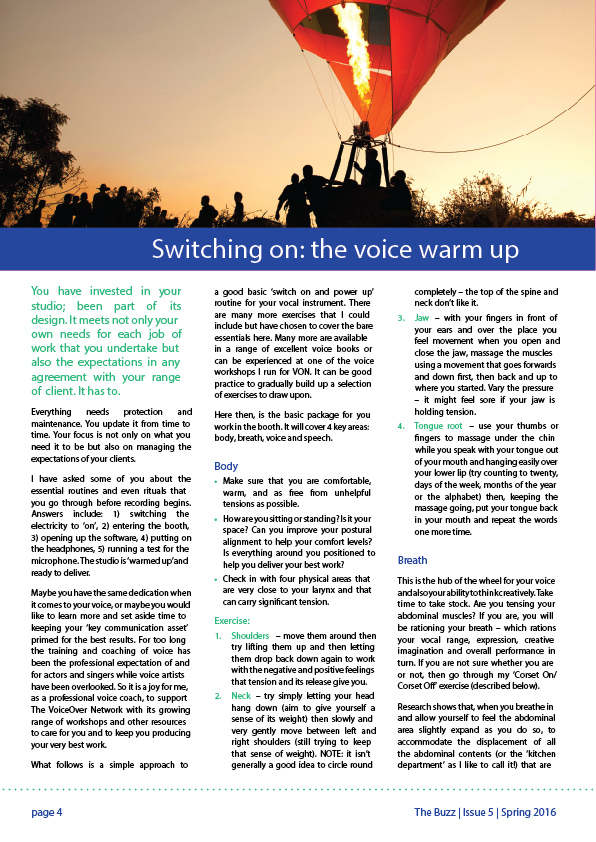
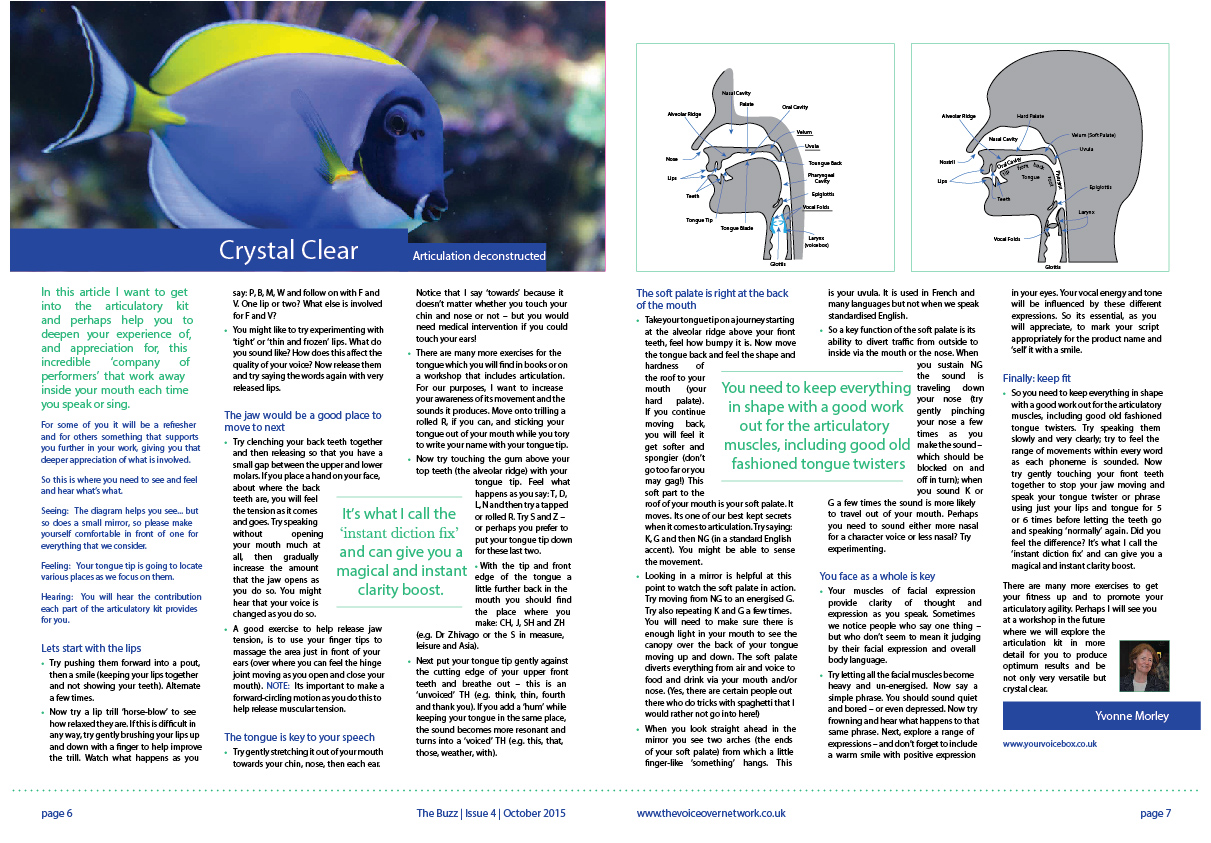
[…] https://yourvoicebox.co.uk/a-voice-for-richard/ […]